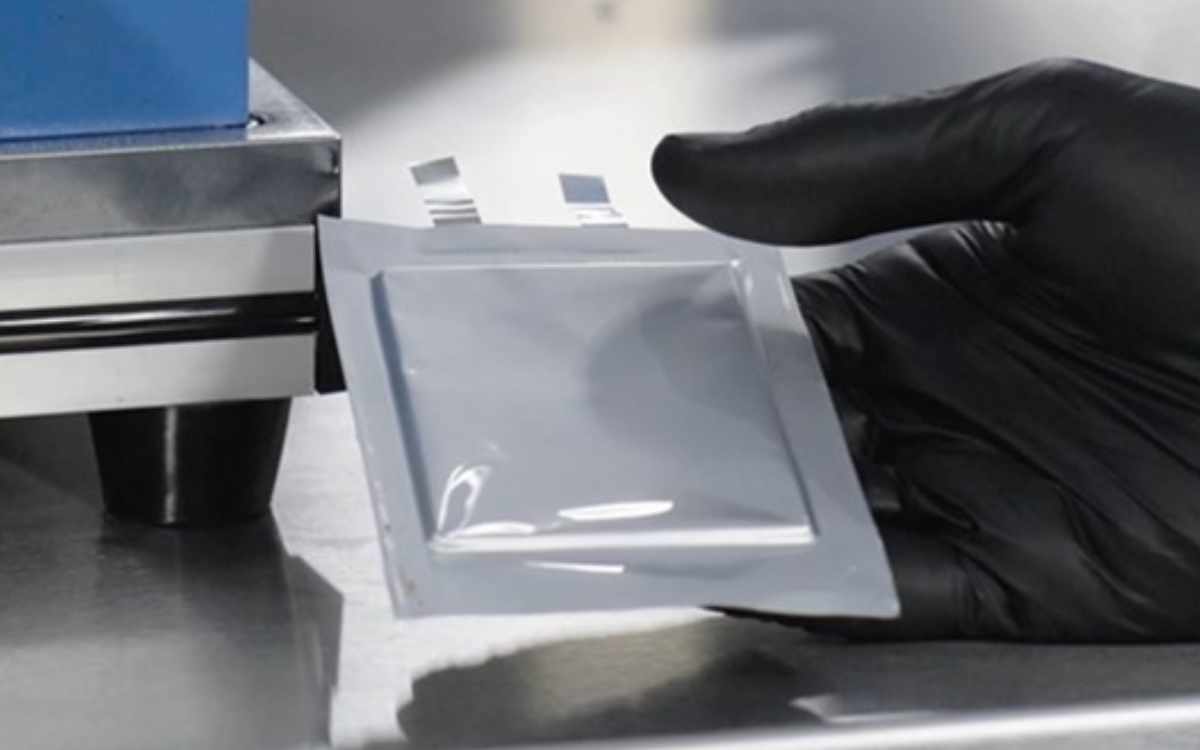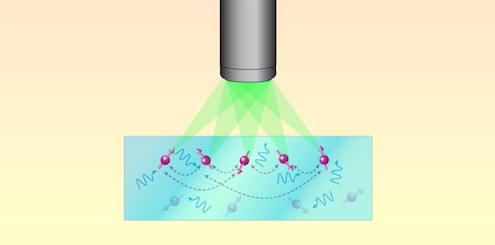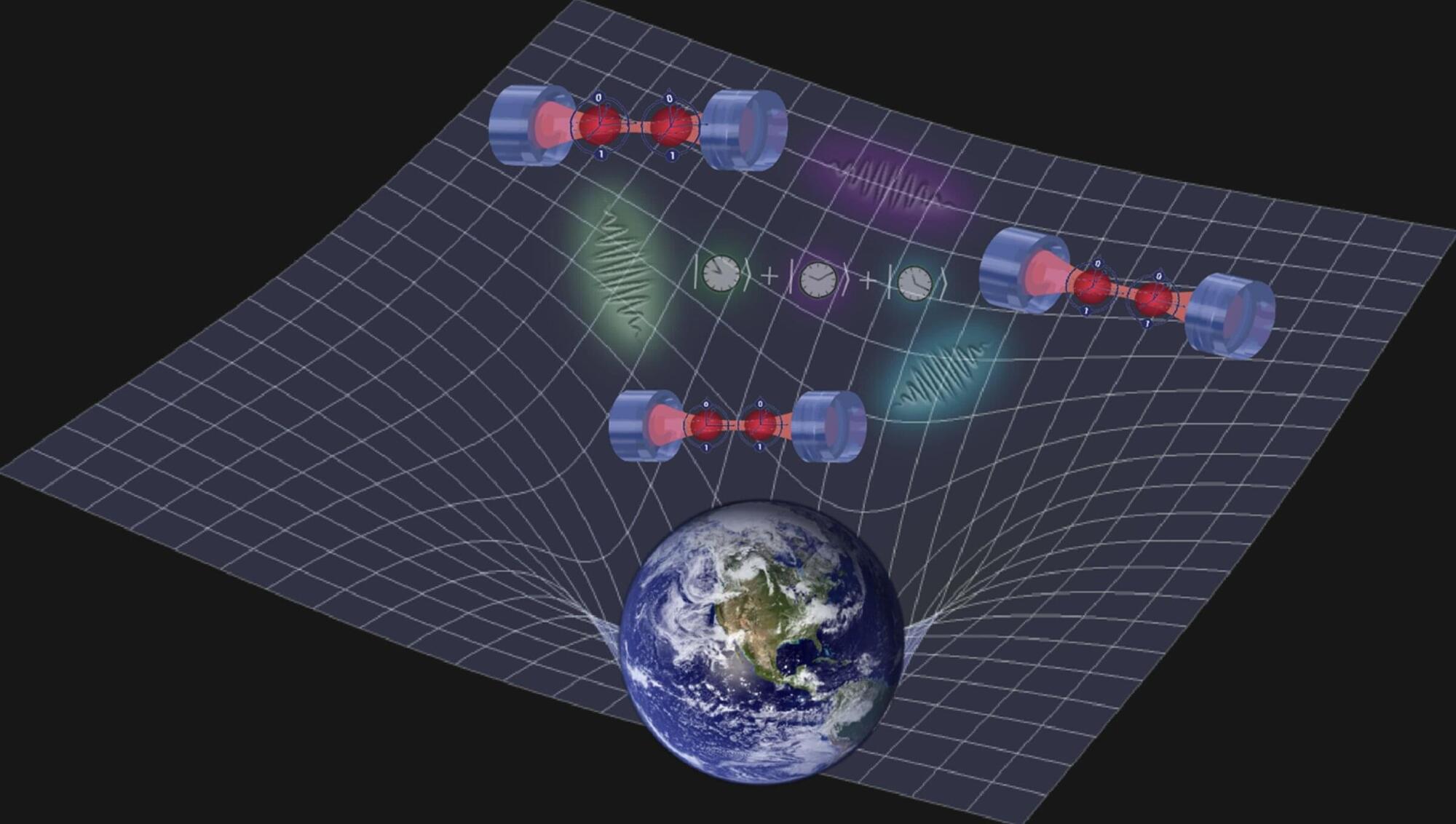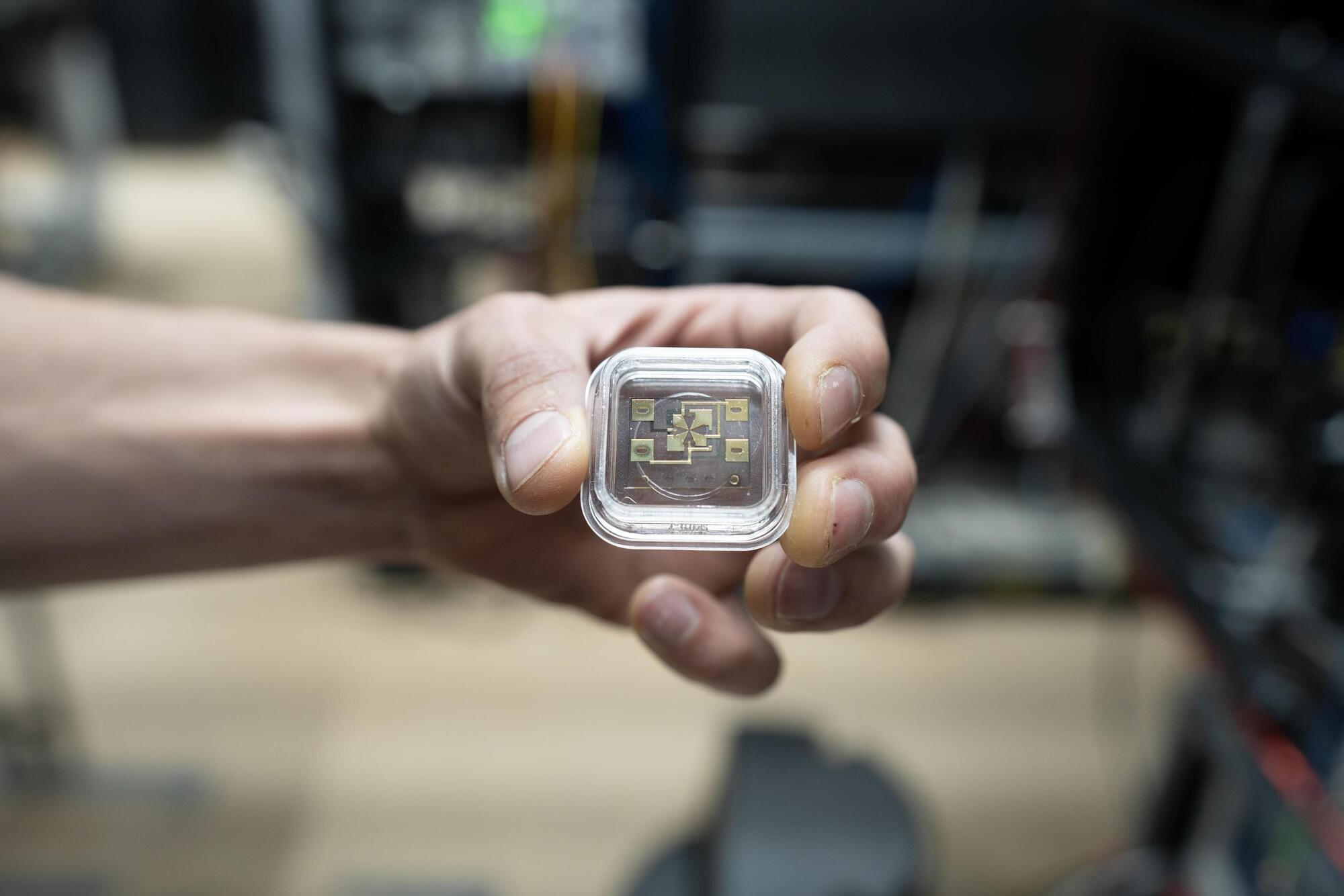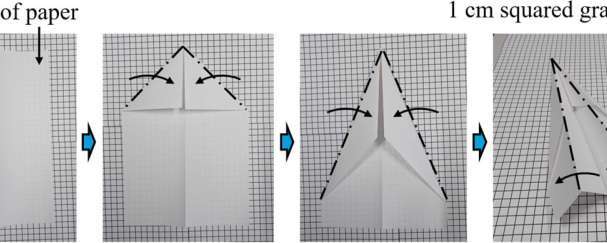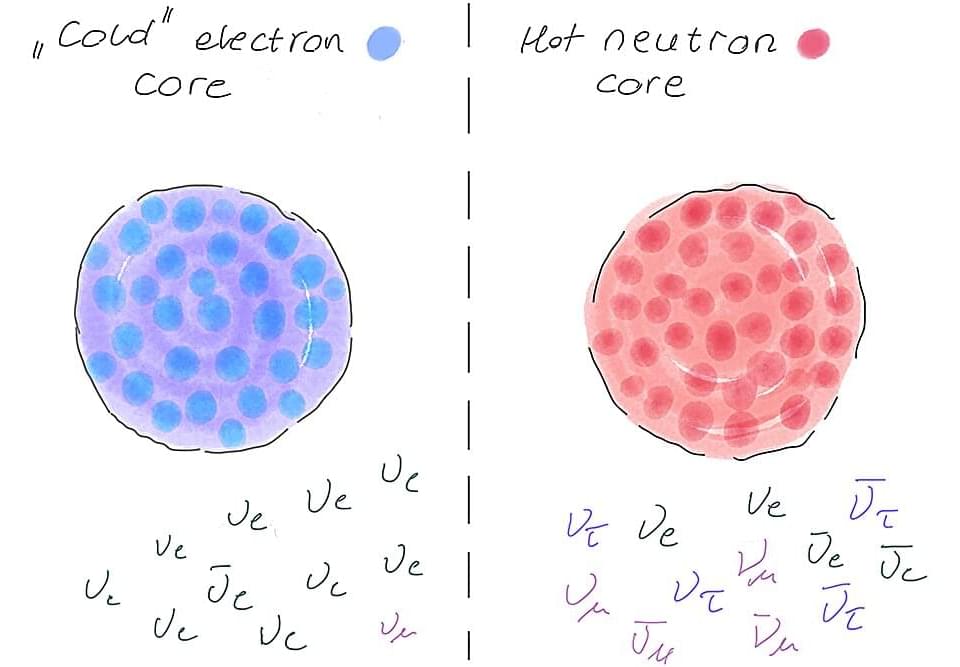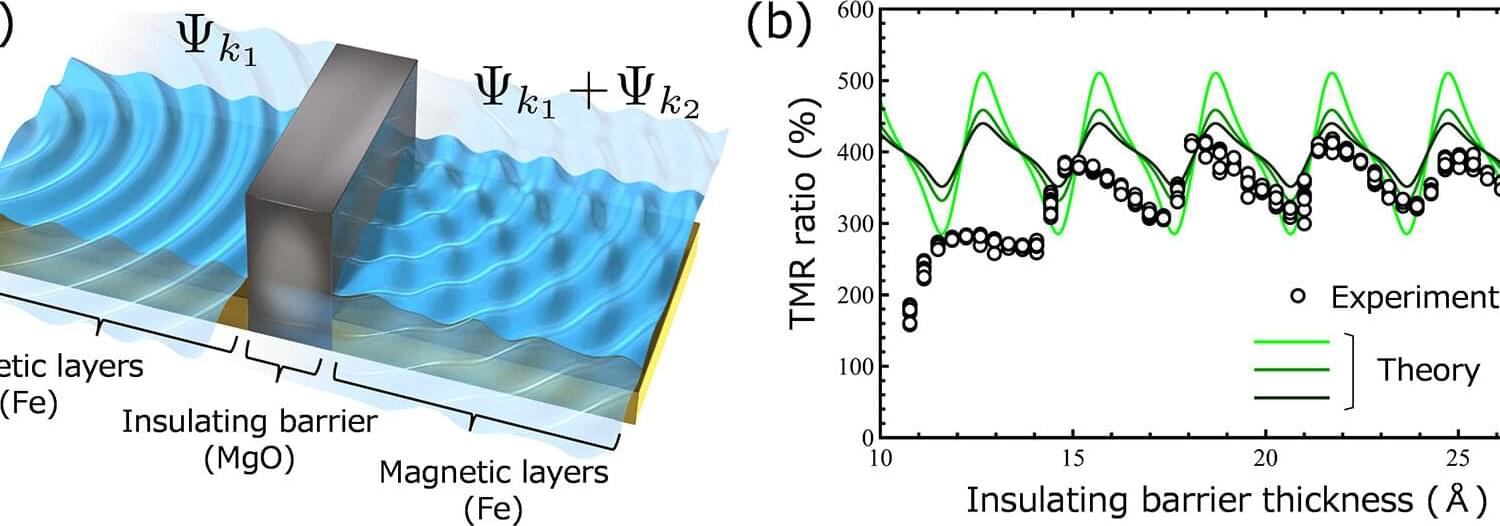Space Renaissance International (SRI) wants to celebrate the 50th Anniversary of the historical Apollo-Sojuz Rendezvous, occurred the 17 July 1975!
During the cold war age, American astronauts and Russian cosmonauts gave a beautiful example of friendship and collaboration. Space culture demonstrated to be very much higher than terrestrial warmongering attitude! And such a distinctive cultural tract was demonstrated even later, with the MIR space station and then the ISS. Up to our present days, when the need of an higher Peace Culture is more urgent than ever.
Bernard Foing (SRI President), Jerry Stone, Werner Grandl, Marie-Luise Heuser, and others, will celebrate and share their thoughts about this historical Anniversary.
SRI invites All to celebrate with us!
